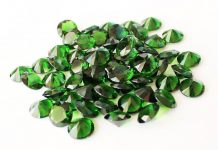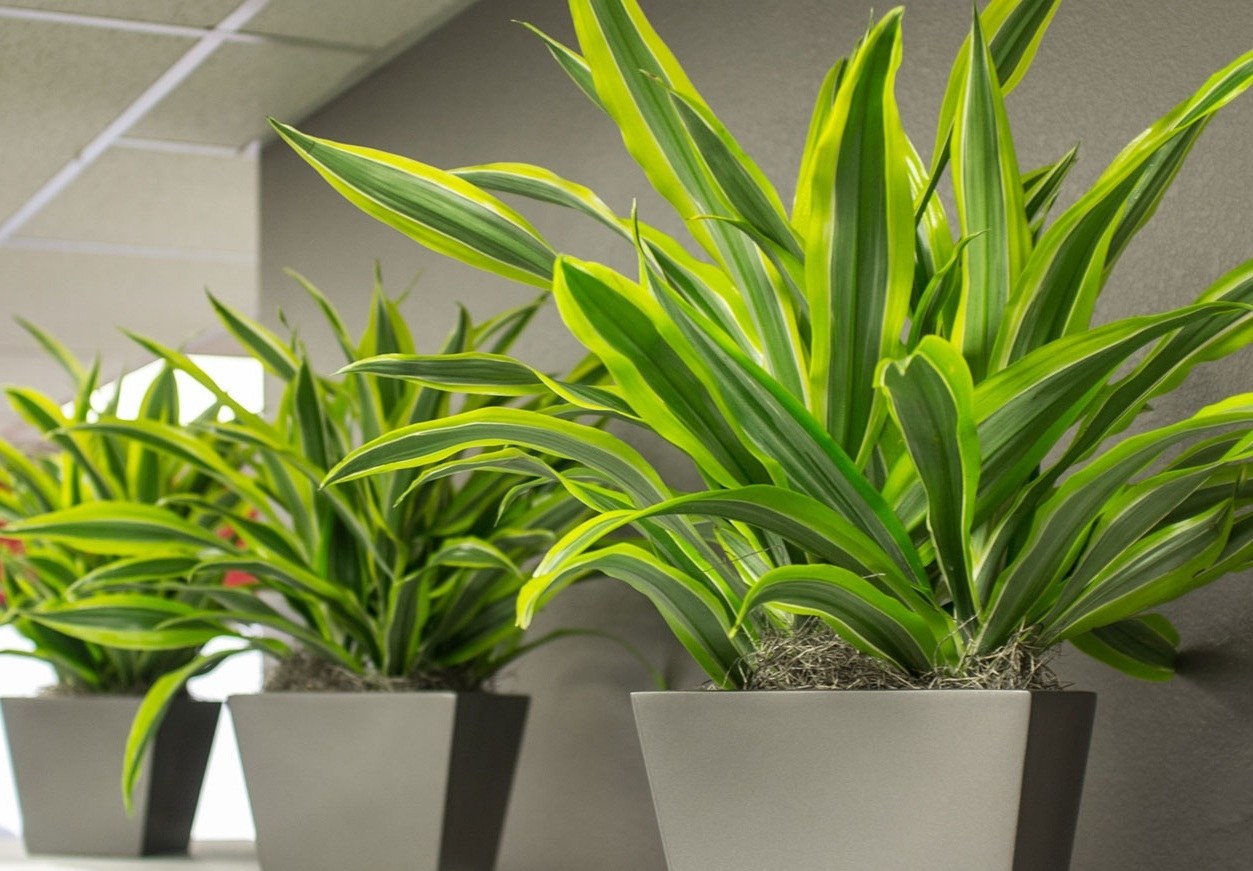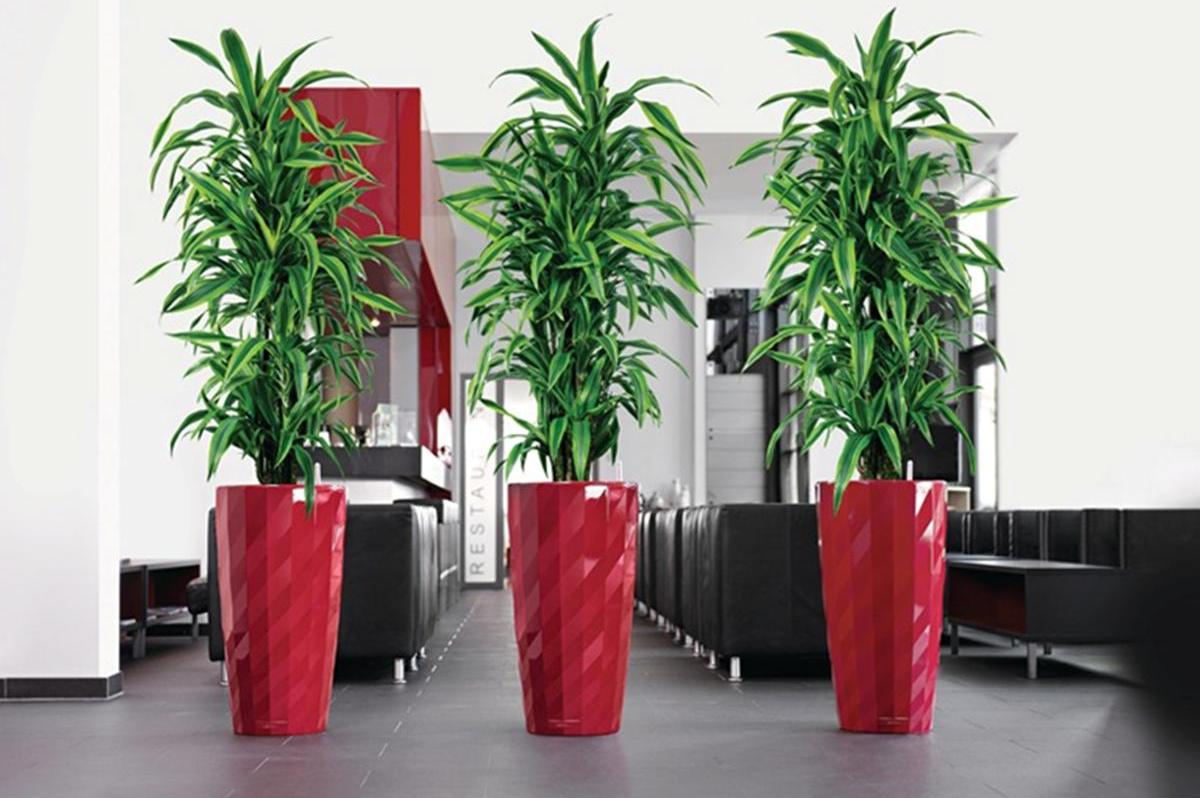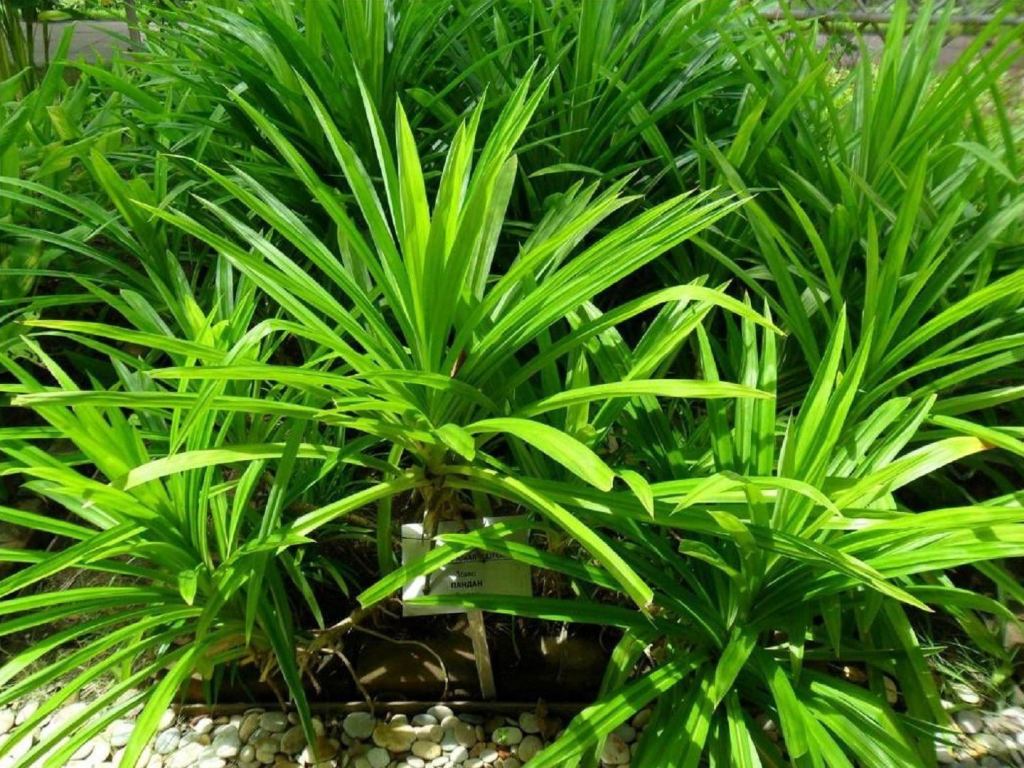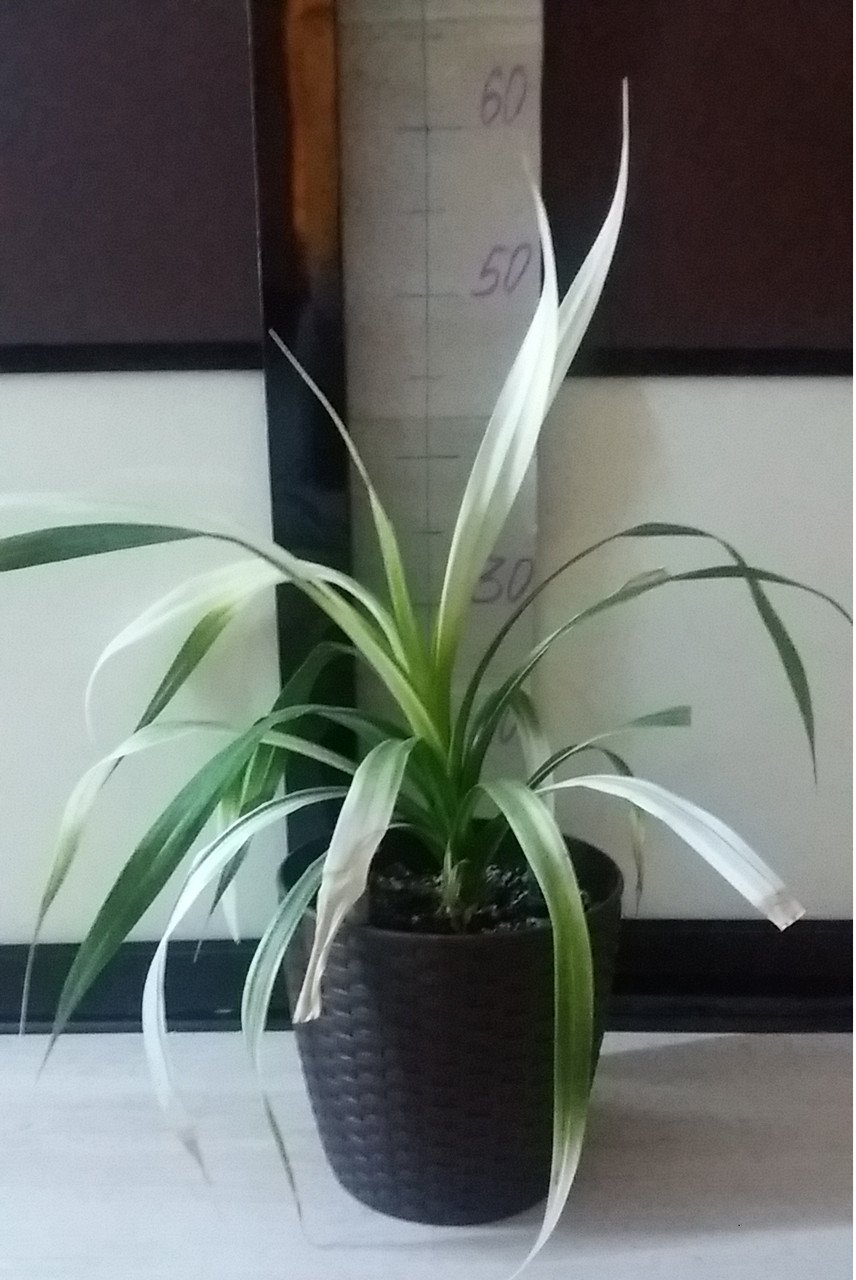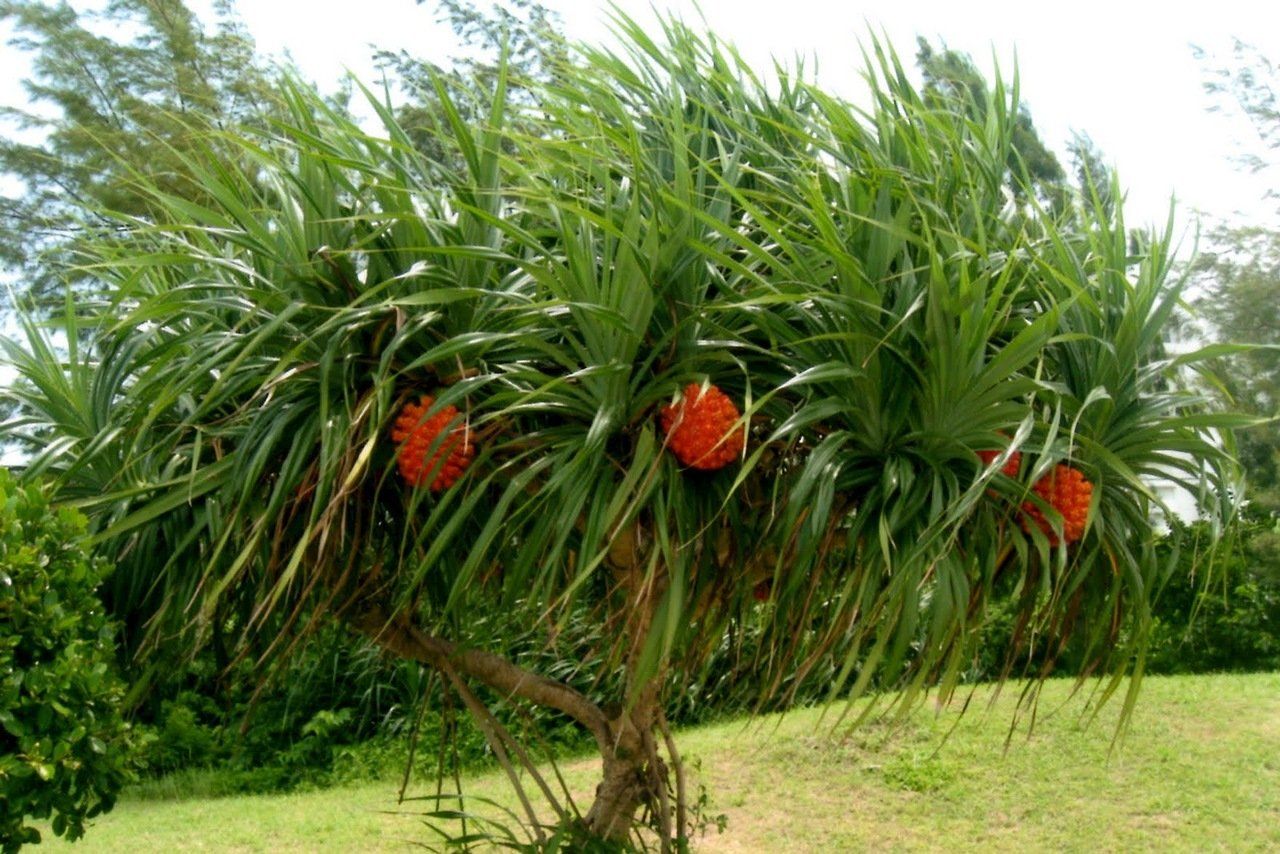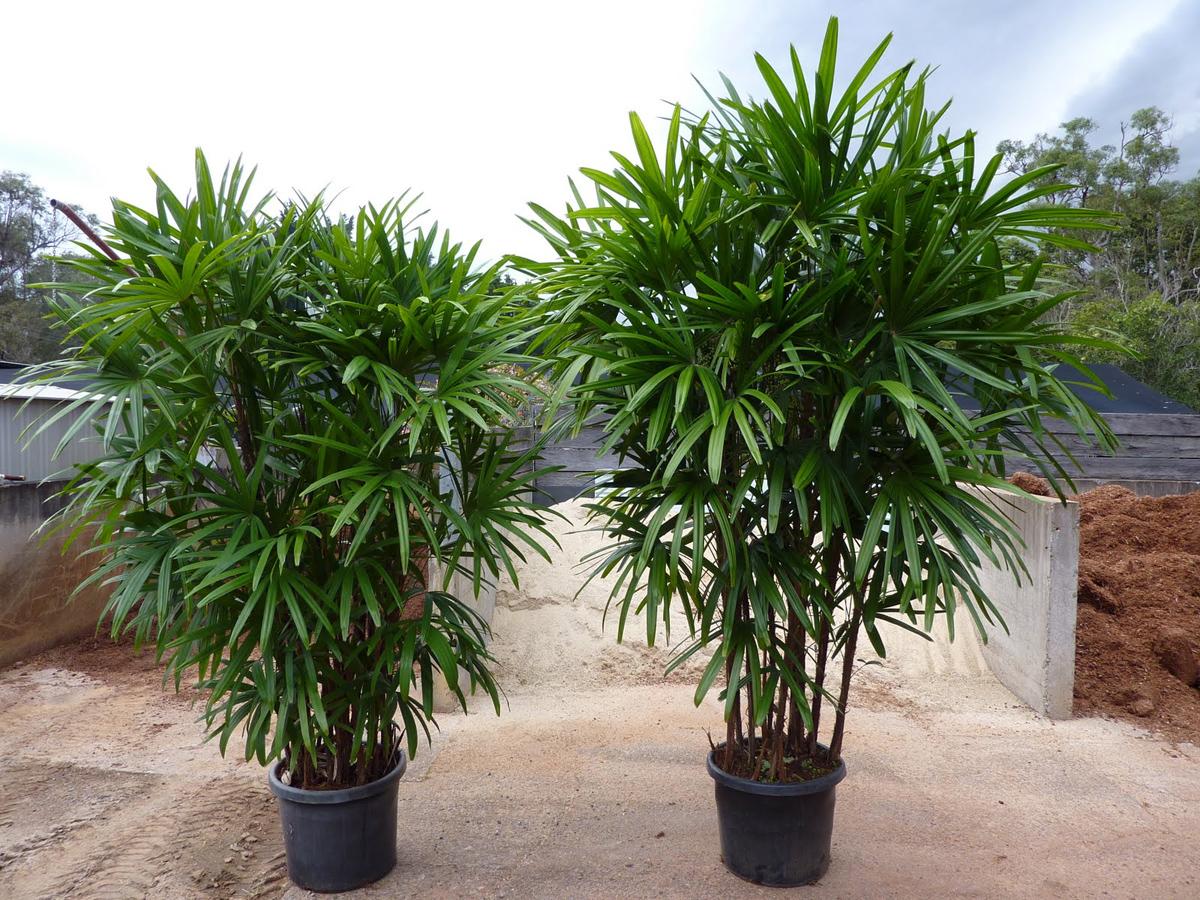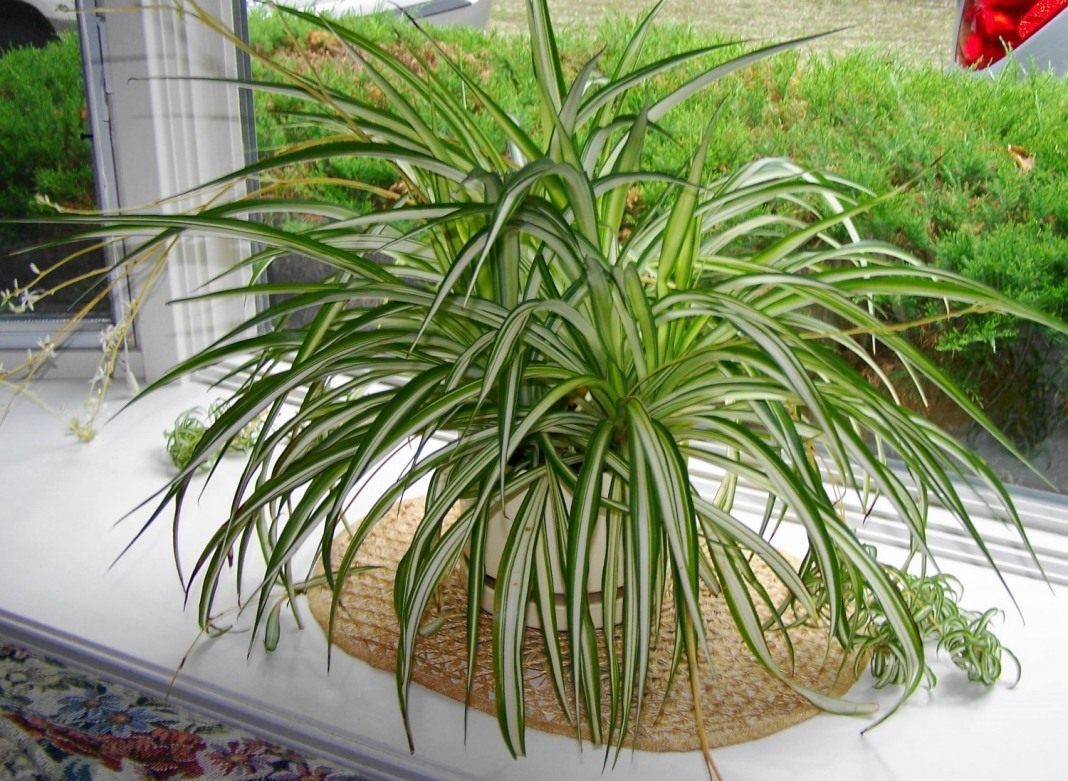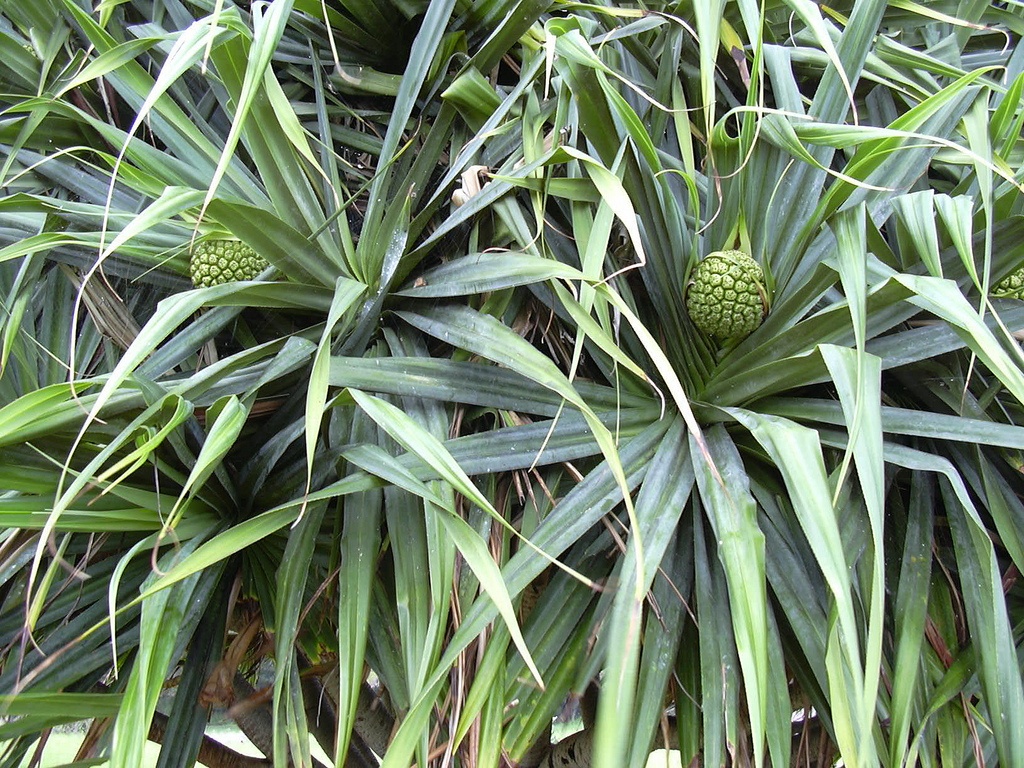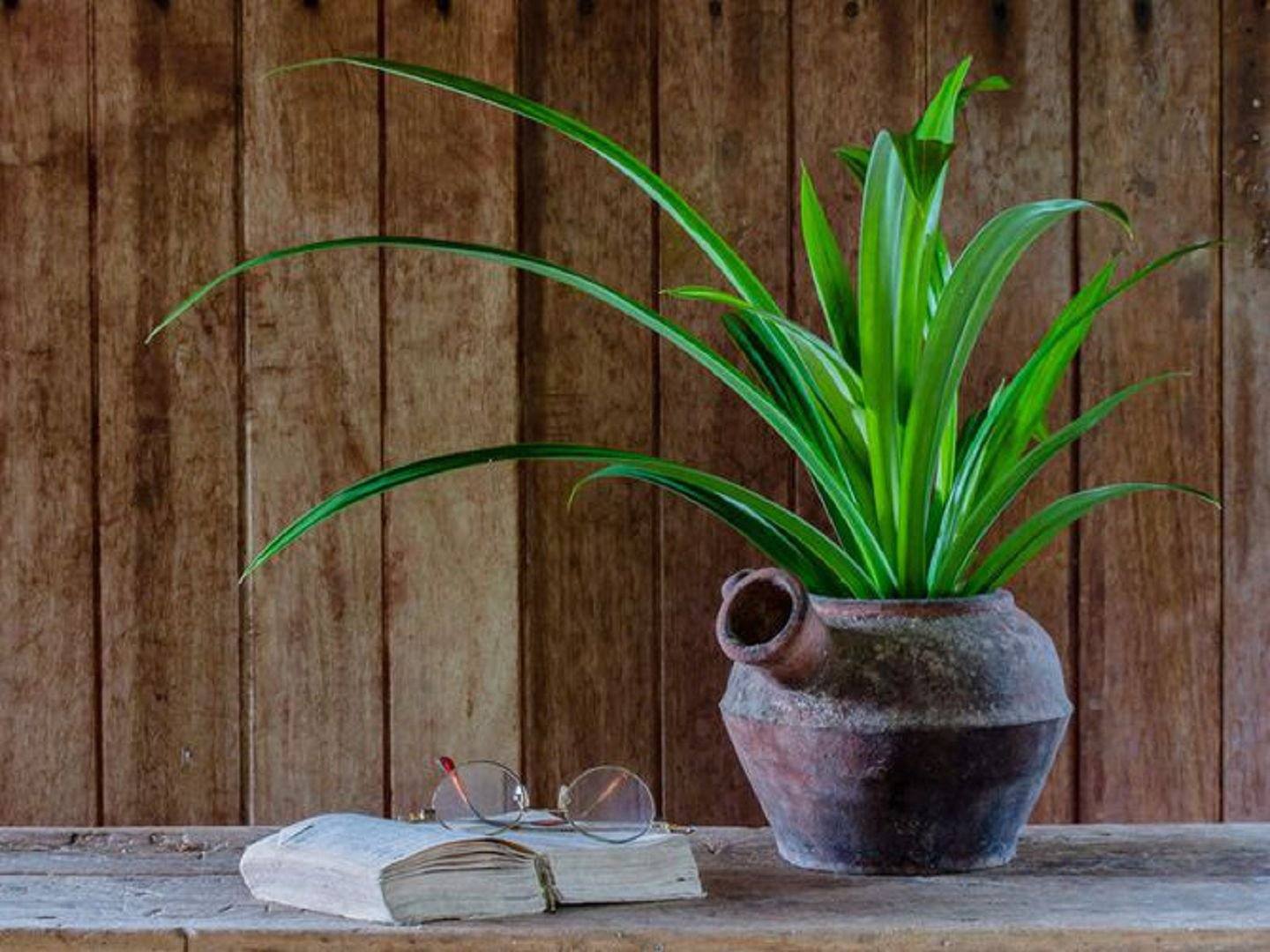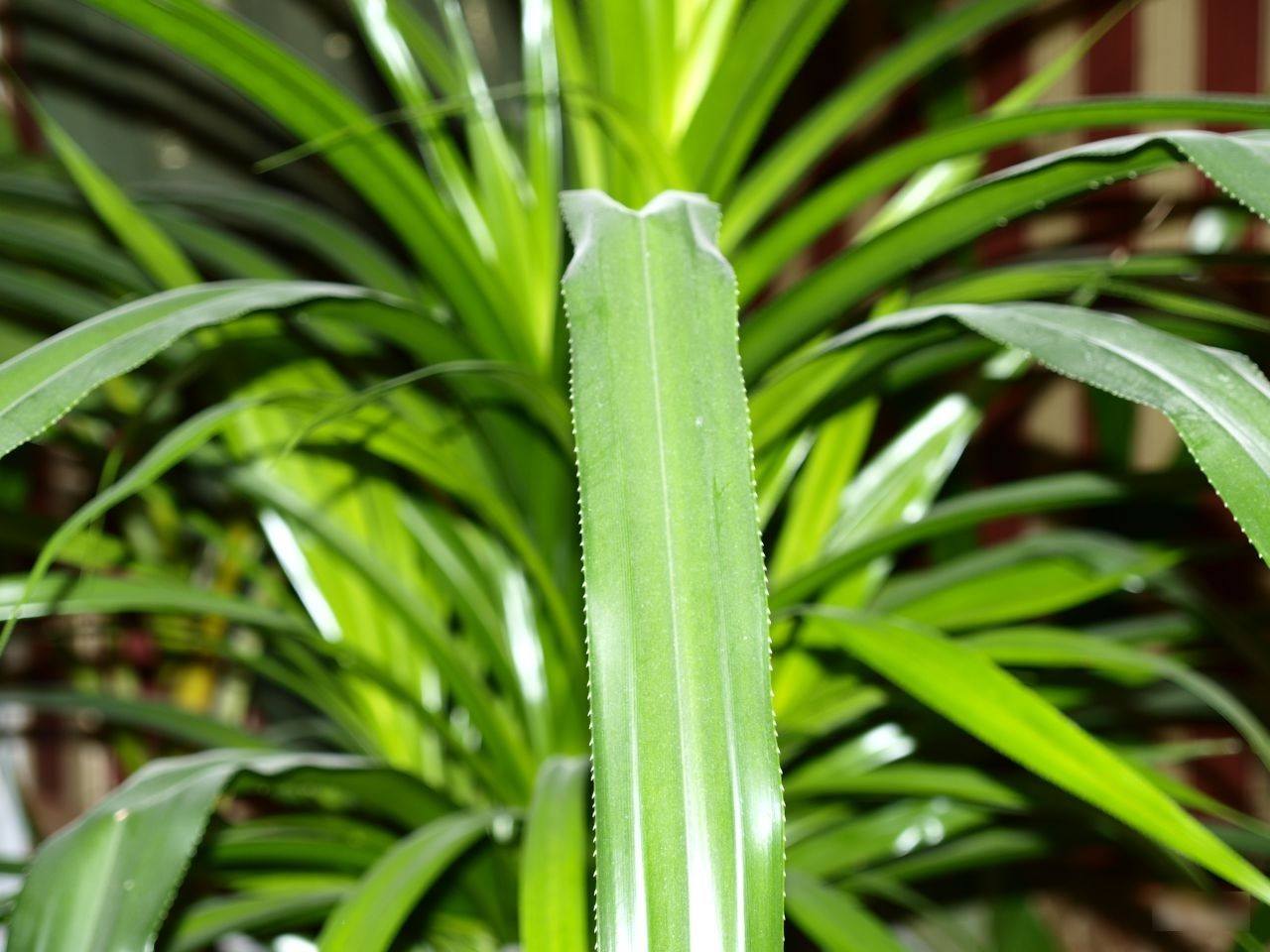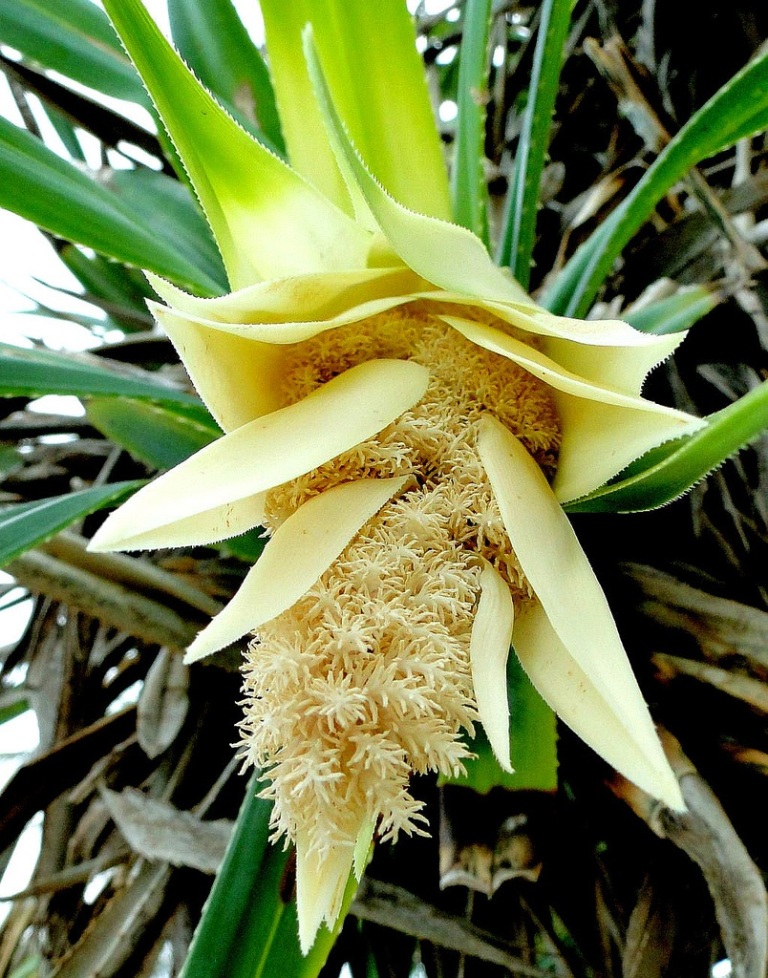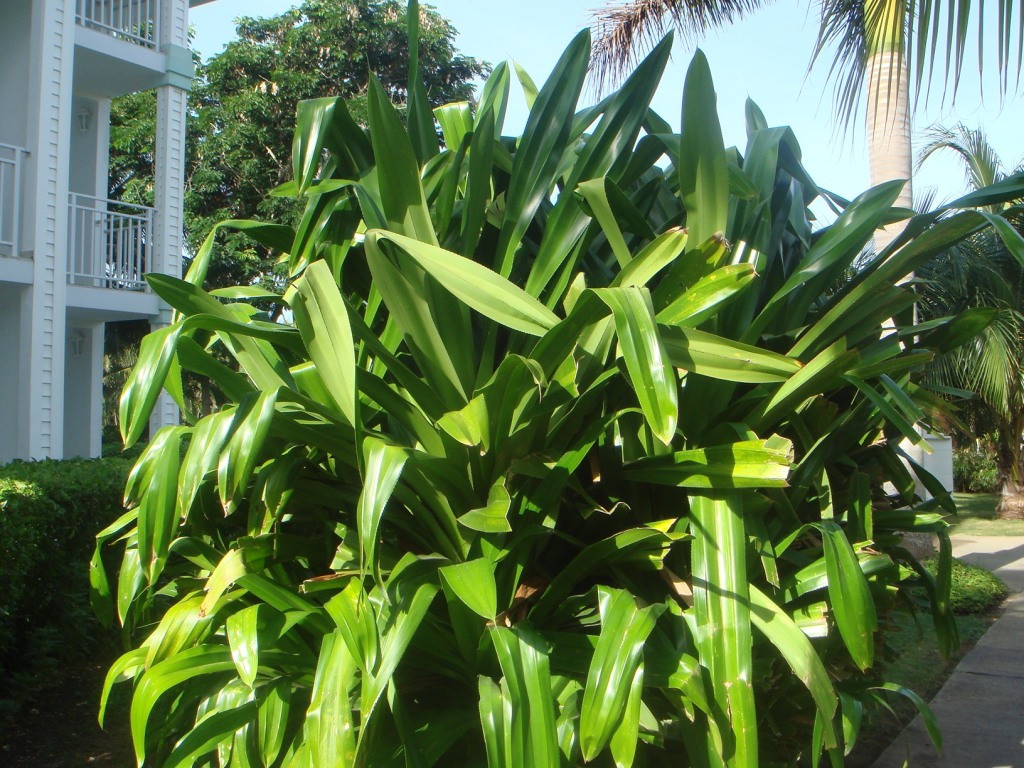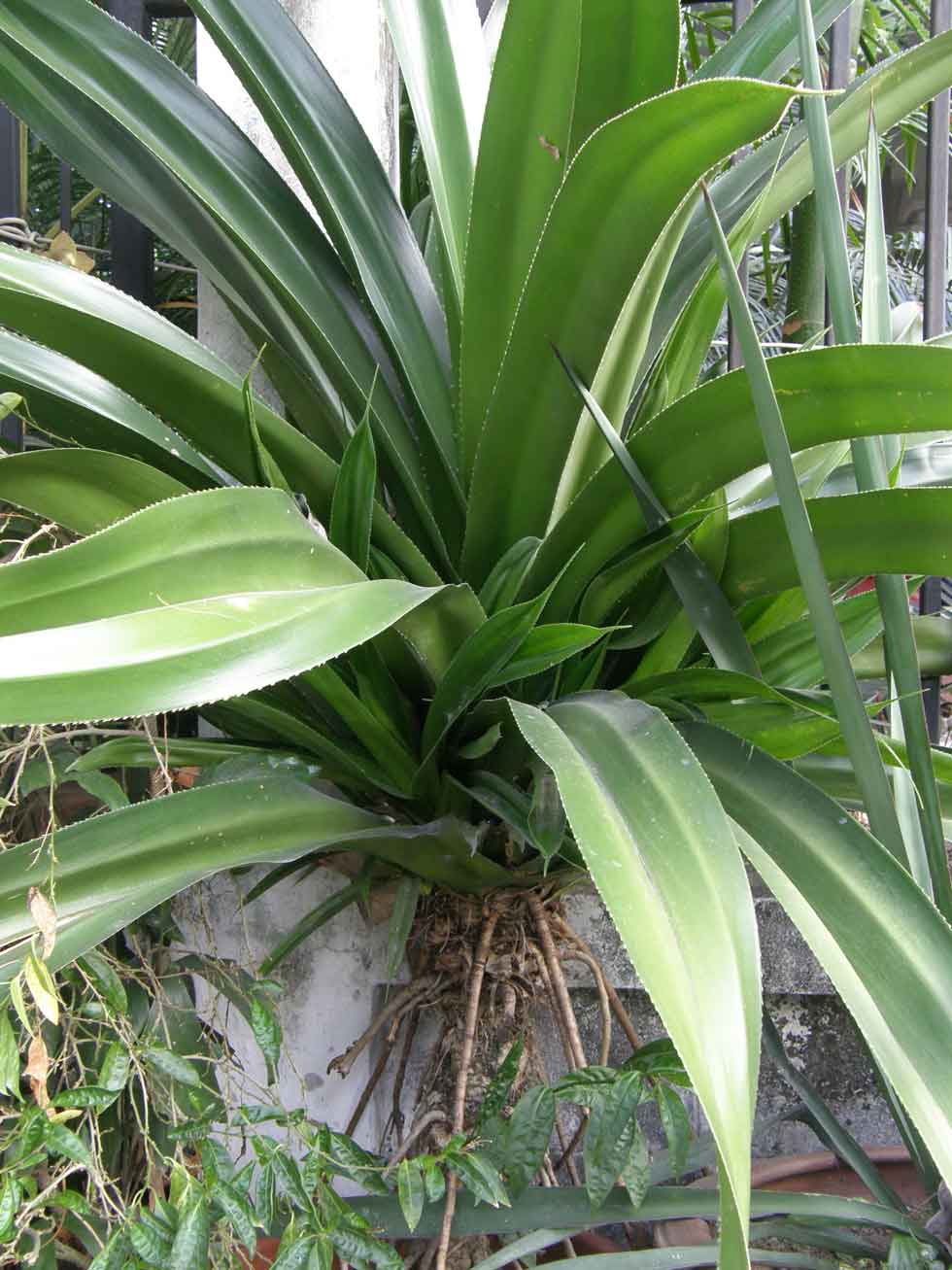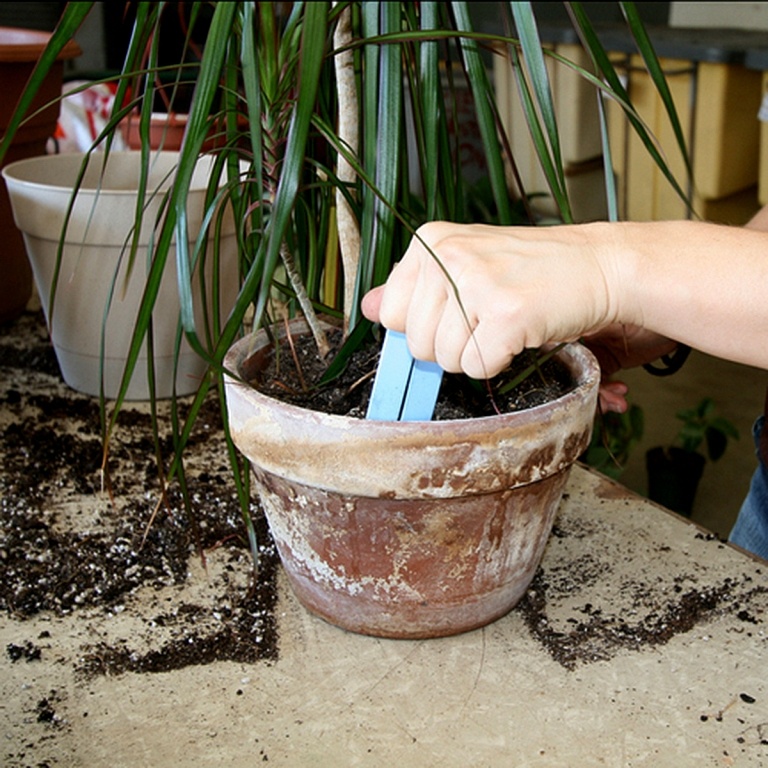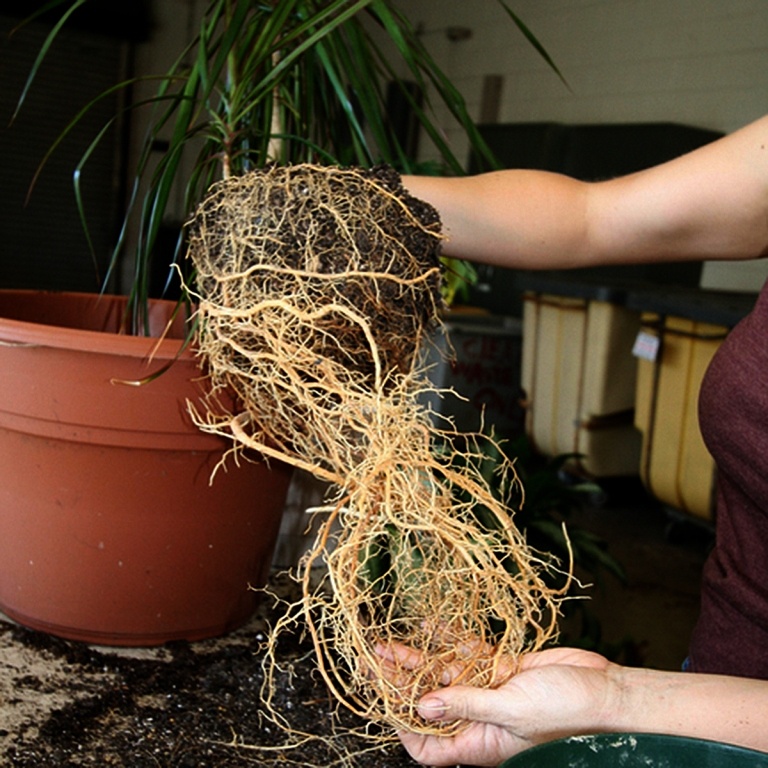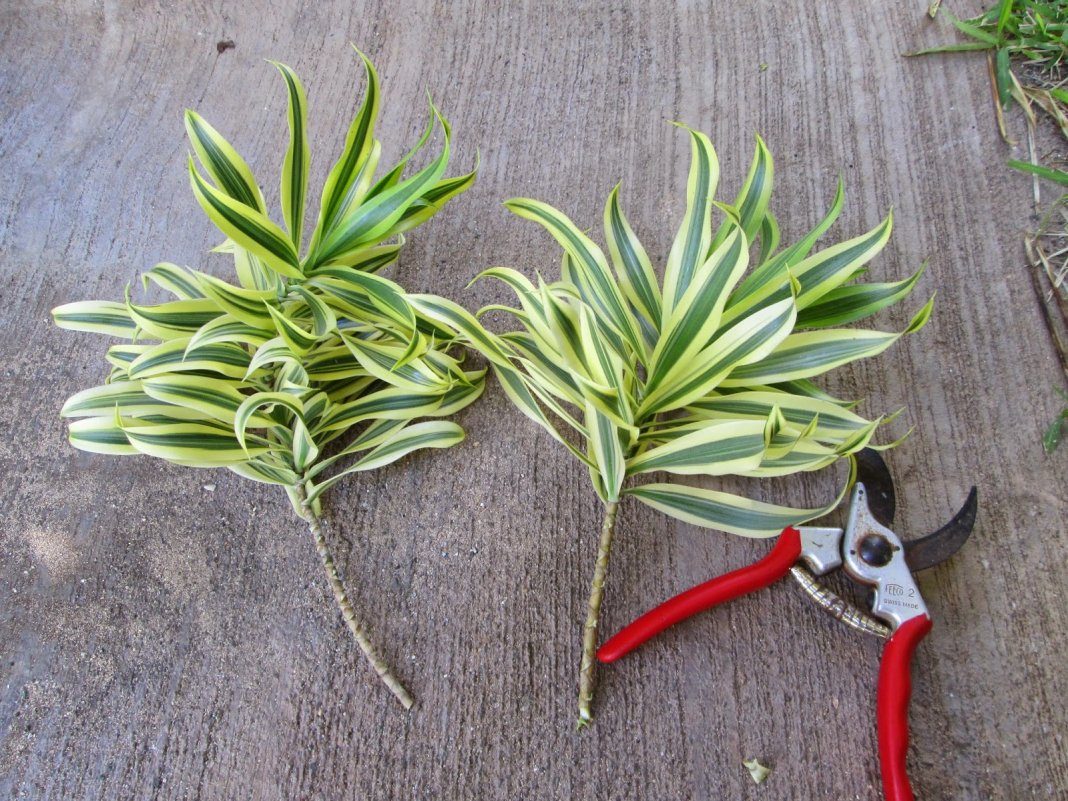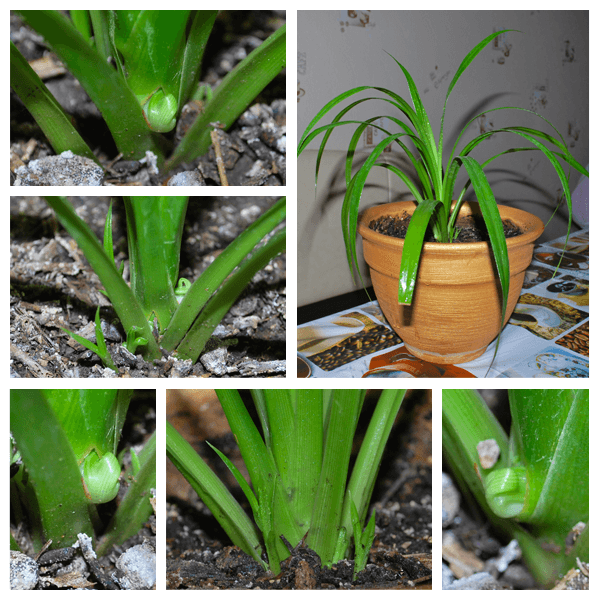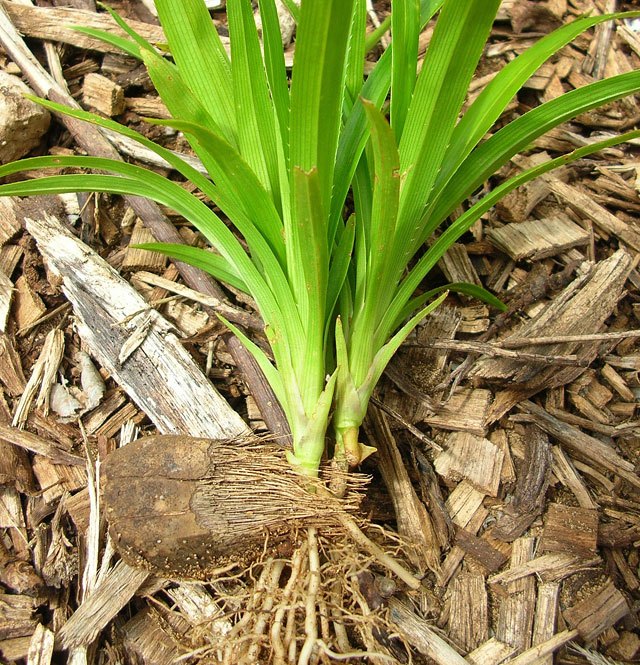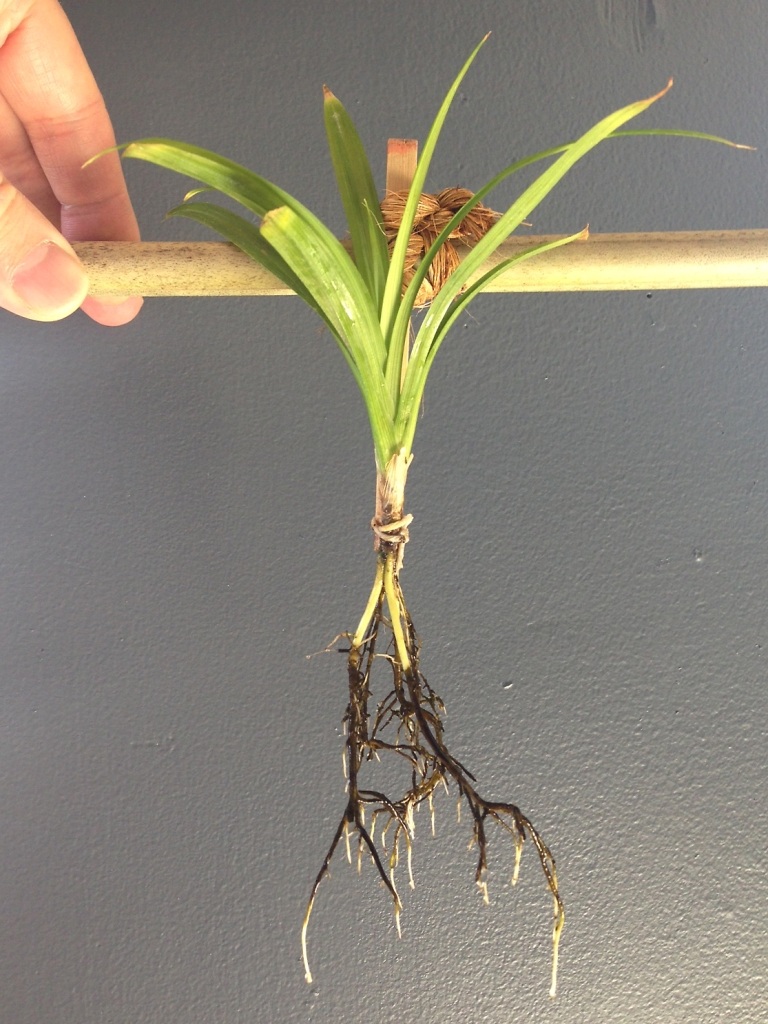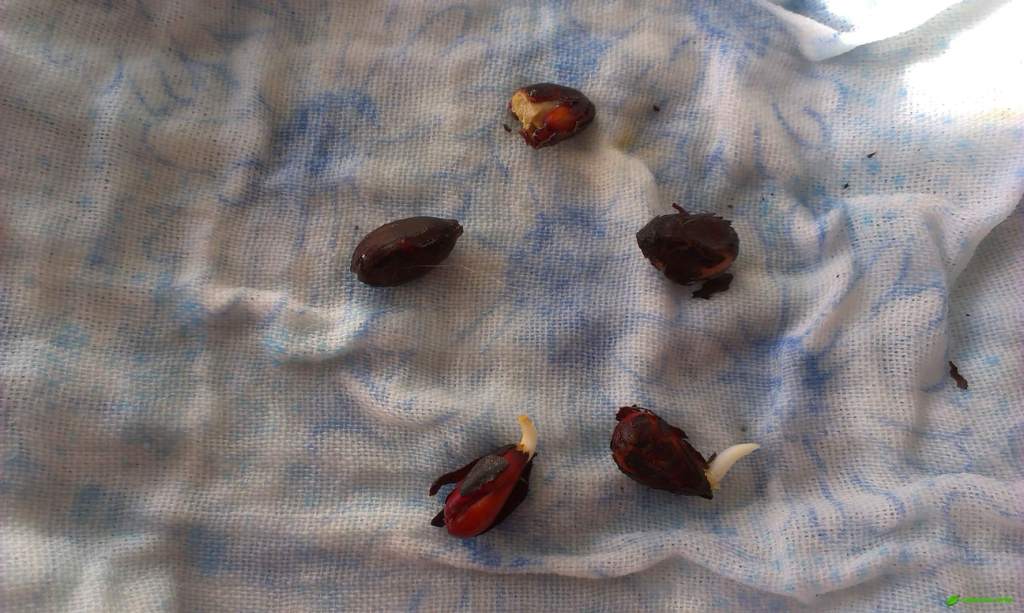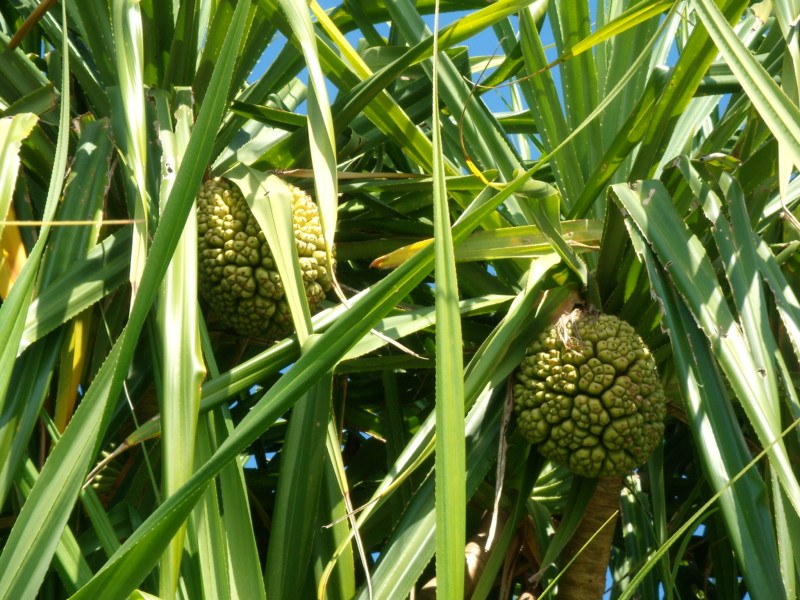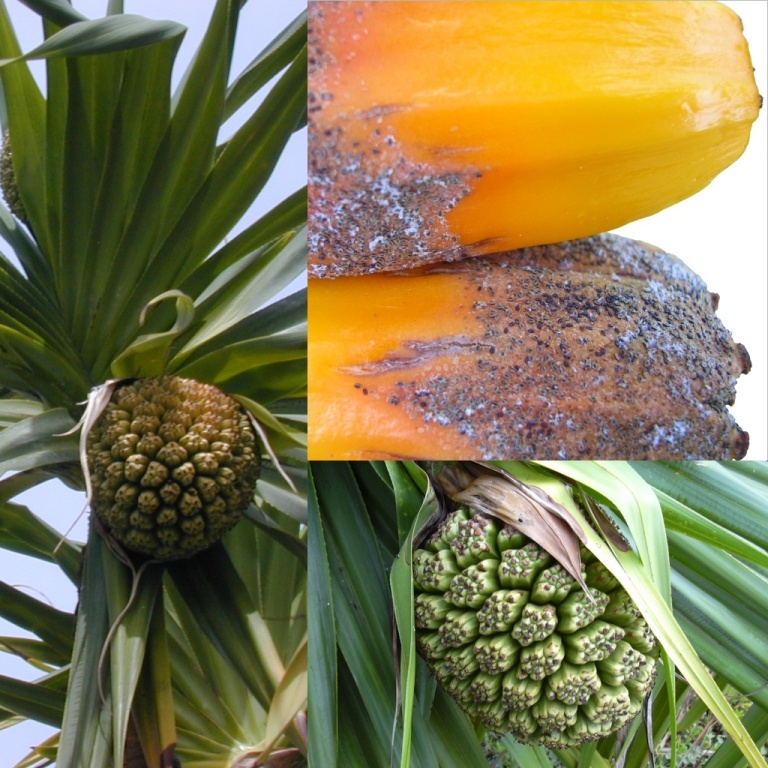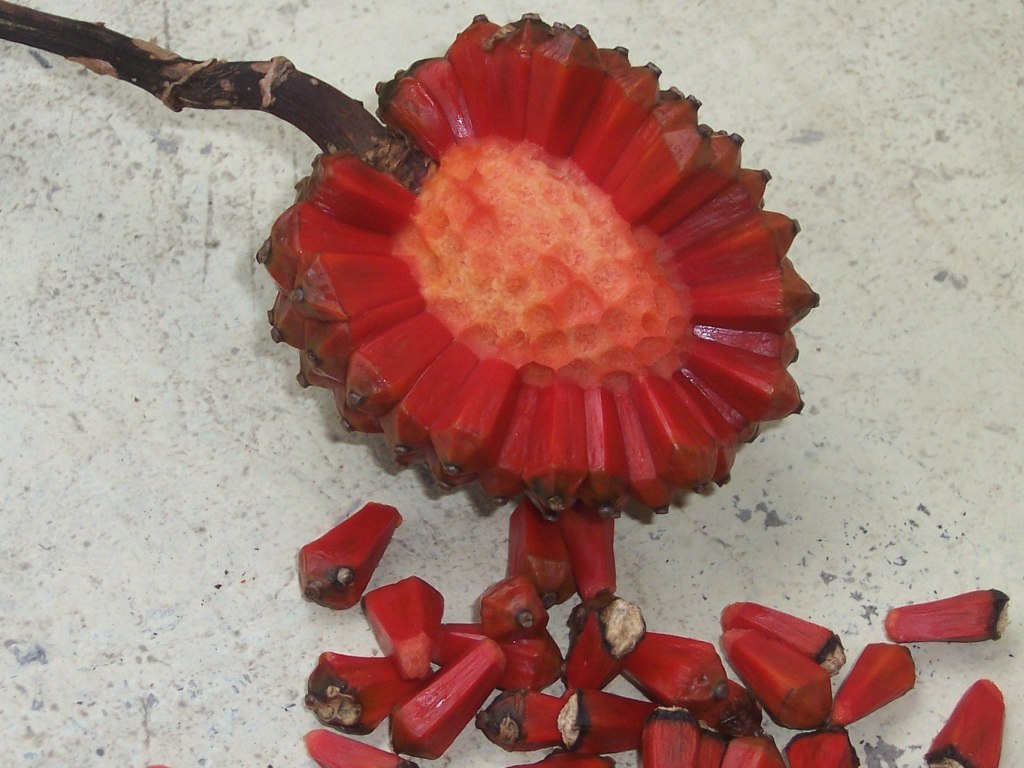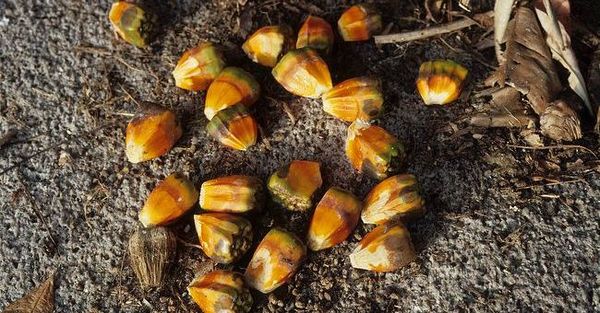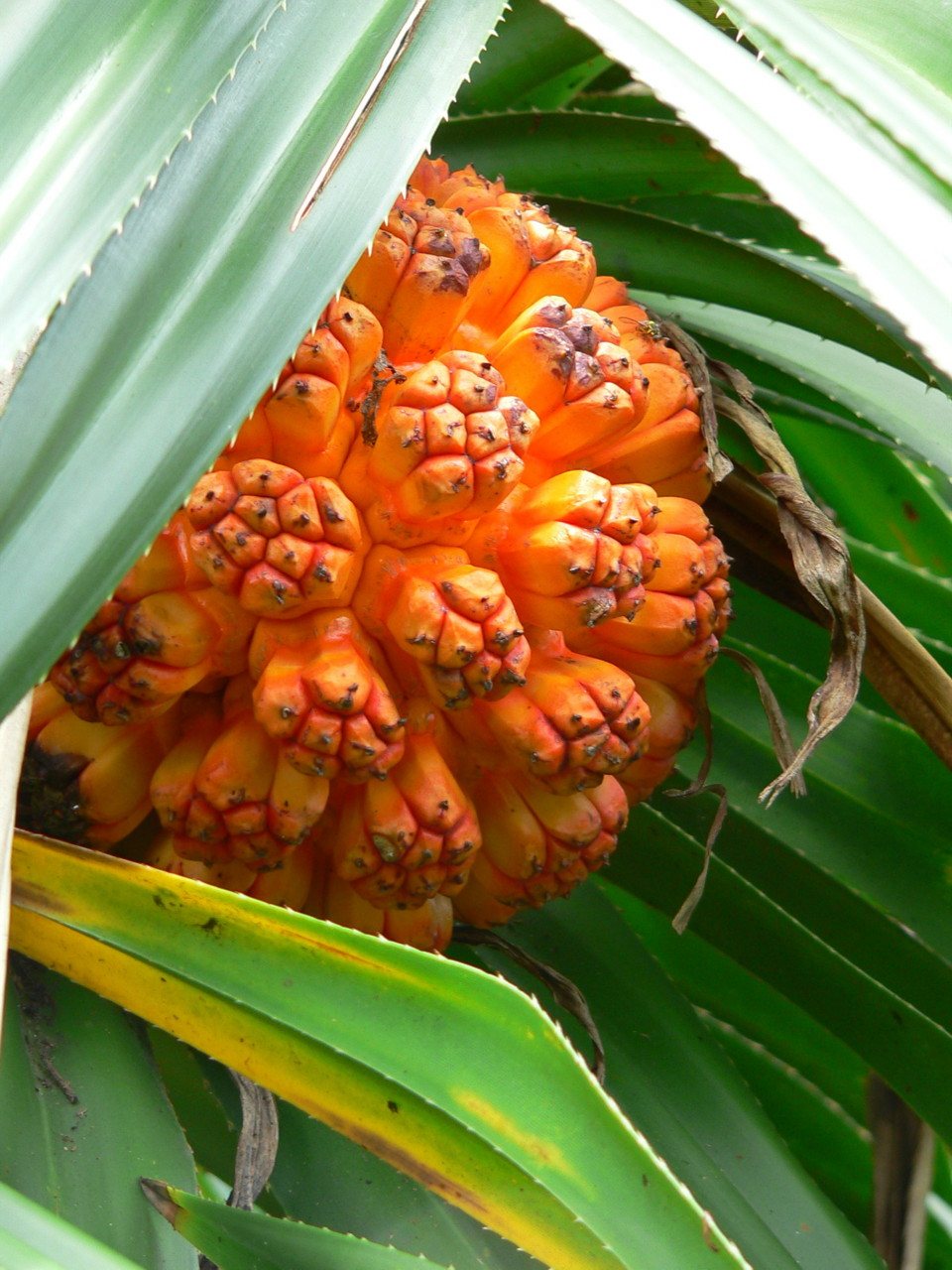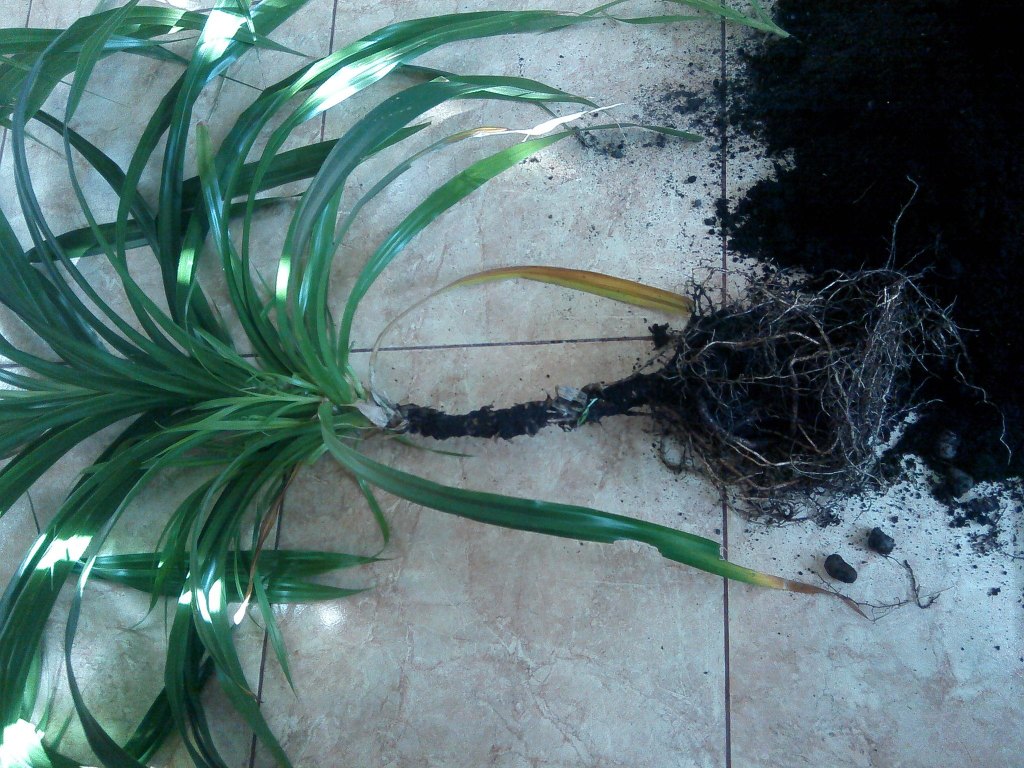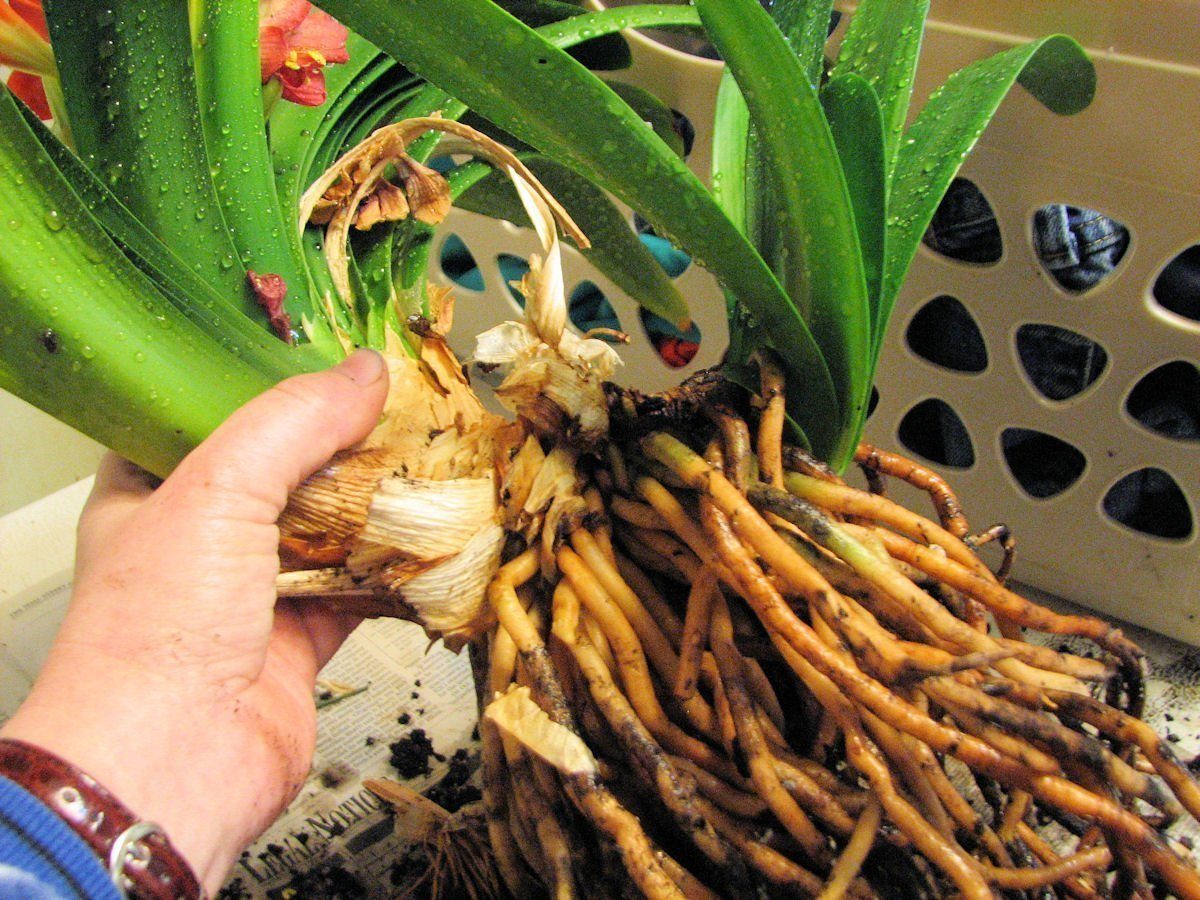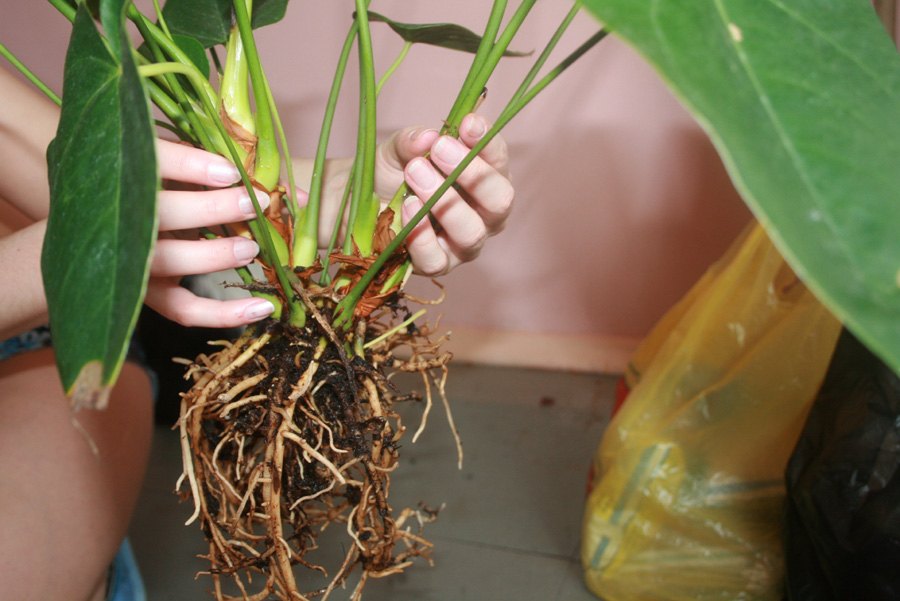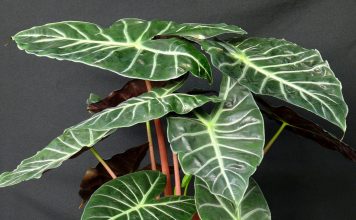Pandanus is a plant known to us due to the tropical climate of the islands of the Indian Ocean. Favorable weather and climatic conditions of those places allow him to bloom incredibly beautiful and give amazing results. To obtain a similar result in our conditions, moreover indoors, it is necessary to try well.
Under natural conditions, pandanus is like a palm tree. The main similarity between these plants - narrow longitudinal leaves that grow in a spiral. That is why pandanus is also called screw palm.
Pandanus is an unpretentious plant that does not require special care and a considerable amount of time for watering and loosening. If desired, everyone will be able to grow their own decorative helical palm tree at home.
Varieties of pandanus (screw palm)
In nature, there are a large number of pandanus species - about 700 species. In natural conditions, most of them bring a good harvest of fruits similar in taste to pineapple.
Pandanus is a large plant that feels comfortable in large rooms or a winter garden. But there are several varieties of this flower that can be successfully grown at home.
Pandanus veycha - a plant that grows in the form of a shrub with a tree trunk. Maximum height - up to 1.5 m in rare cases. Bright green leaves - thin (up to 6 cm) and long (up to 90 cm) are arranged in a spiral around the trunk.
Pandanus Useful - the height of the plant in nature reaches 20 meters, at home it is not higher than 3 meters. Leaves "Useful" hard and straight, painted in rich green. The edges are framed with red spikes. Leaf width - up to 10 cm.
Pandanus "Sander" - a low-growing plant that prefers moist forest or tropical soil. The edges of the leaves are marked with small thorns, and in the middle is a longitudinal yellow stripe.
Features of pandanus care
An adult plant usually takes up a lot of space, so the best place for it is its spacious and tall rooms. If your apartment or house allows you to arrange a volumetric flower, then feel free to start this exotic palm tree.
Lighting and location of the pandanus
Pandanus - light-loving plant, which suffers from a lack of sunlight. At the same time, a direct hit by the sun also negatively affects the flower. The best place for him is the western or eastern side, where there is a bright and diffused light.
In winter, when daylight hours are significantly reduced, arrange artificial lighting with fluorescent lights. Arrange them no closer than 1 meter from the plant and leave for at least 6 hours. Periodically turn the pot with a palm tree to achieve uniform illumination and flower growth.
Pandanus is not recommended to take out on the street, as often happens with other indoor plants. Direct sunlight will destroy the delicate structure of palm leaves.
Temperature conditions for pandanus
When choosing the best place for pandanus, consider the origin of this plant. Grown in the warm climate of the Indian Islands, it will not be able to drastically change the temperature and "love" cool winters.
It is necessary to grow up pandanus in a warm room, where the temperature in winter does not fall below 16 degrees, and in summer it does not reach a point above 20 degrees. The flower does not like cold drafts, while calmly refers to regular airing.
Watering and Moistening Pandanus
For watering pandanus, you must use only filtered or defended water. In the warm season, watering 1 time in two days, in winter it is enough to moisten the soil 1 time in 3-4 days. It is important to water the plant with equal frequency, trying not to flood it. Excess moisture is bad for the flower, which can lead to decay.
Pandanus does not impose special requirements on air humidity. It normally perceives dry air. However, it is still necessary to spray a house palm a couple of times a month to clean the leaves from dust.
Soil and feeding for pandanus
Spiral palm tree loves a rich, nutritious soil with little clay. You can use the finished soil mixture for palm trees or cook it yourself. To do this, mix in equal parts sand, humus, turf and leaf ground.
Growing up at home, pandanus needs regular feeding. In the summer, fertilizer should be applied to the soil 2 times a month, in winter it is enough 1 time. Use ready-made liquid fertilizer intended for indoor plants.
Pandanus transplant
With the growth and development of indoor palm needs a transplant. Young plants need to be repotted every spring, adults - in 2-3 years. The first sign that a flower is crowded is the root system braiding of all the earth in a pot.
Pandanus transplantation is carried out by transshipment. For this, an earthen ball is carefully taken out of the old container and transferred to a new pot, taking care not to damage the fragile roots of the flower.
The leaves of the palm tree before transplanting are best bundled in a bundle. So you do not hurt your hands on thorny thorns and do not damage the plant.
It is necessary to replant a palm tree in a pot a little more than the previous one. Do not place a young palm tree in a voluminous pot. The roots do not take root in it because of the large amount of soil and gradually they will begin to rot.
The more often a palm tree is transplanted, the faster it grows. This can be noted if you want to slow the growth of the flower.
Adult plants growing in large tubs, no longer need to transplant. The root system of the palm tree is fully formed and all it needs is a periodic renewal of the soil.
Reproduction of a room palm tree shanks
For propagation by cuttings, use small stalks about 20 cm long. Short twigs form roots very slowly.
The cut sections are treated with wood or activated carbon. Each cutting is placed in a prepared pot filled with a mixture of peat soil and sand. Top saplings closed transparent film, thereby creating a favorable greenhouse conditions. The temperature in the "greenhouse" should not be below 25-28 degrees. At the same time periodically open the film for airing sprouts.
Rooting cuttings occur within 2 months. To speed up the process, use root growth stimulants.
Reproduction of pandanus seeds
One of the easiest ways to grow a palm tree is by seed. No prior preparation is required. It is enough to put the pandanus seeds in a pot with peat soil and close it with a film. After 15 days, the first shoots appear. Care of them is carried out by timely moistening of the soil and airing.
Seedlings are transplanted into separate containers, when the third full leaf appears on them.
Reproduction of palm by dividing
The best time to divide is early spring. From the adult plant "pinch off" the daughter sockets with the roots and leave them to dry for a day. After that, they are planted in a separate container with peat rich soil.
Capacity preparation is of great importance for the growth and development of the flower. At the bottom of the pot must be placed 2-centimeter layer of drainage, consisting of washed sand and clay shards. A layer of sod is placed on top of it - up to 7 cm, the top layer is river sand. It is in this “cake” that pandanus will actively take root and develop.
Decorative palm trees are firmly established not only in apartments, but also in office space. The beautiful view of the plant, striking in its grandeur, fits into any interior. Uncomplicated care for pandanus makes it the best decoration of spacious rooms.

























